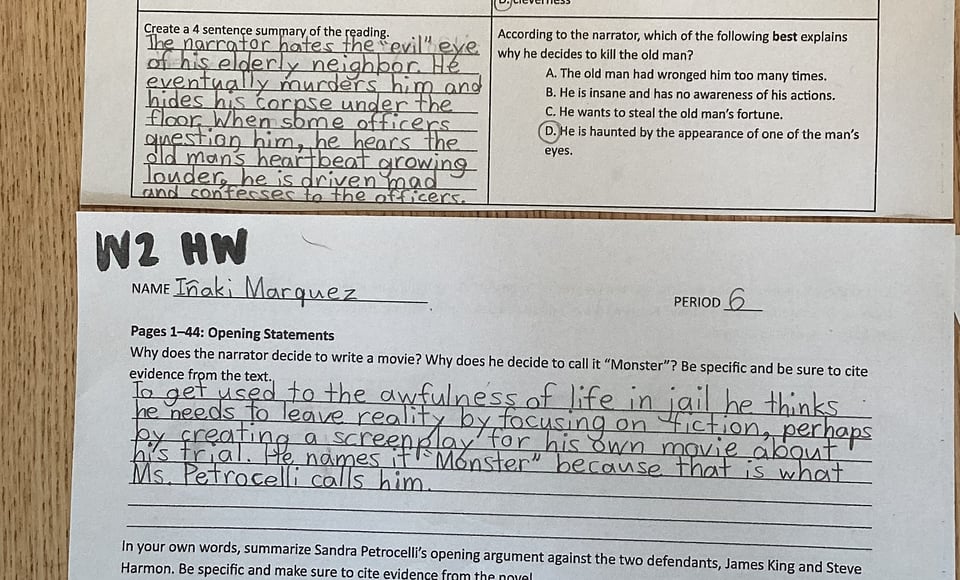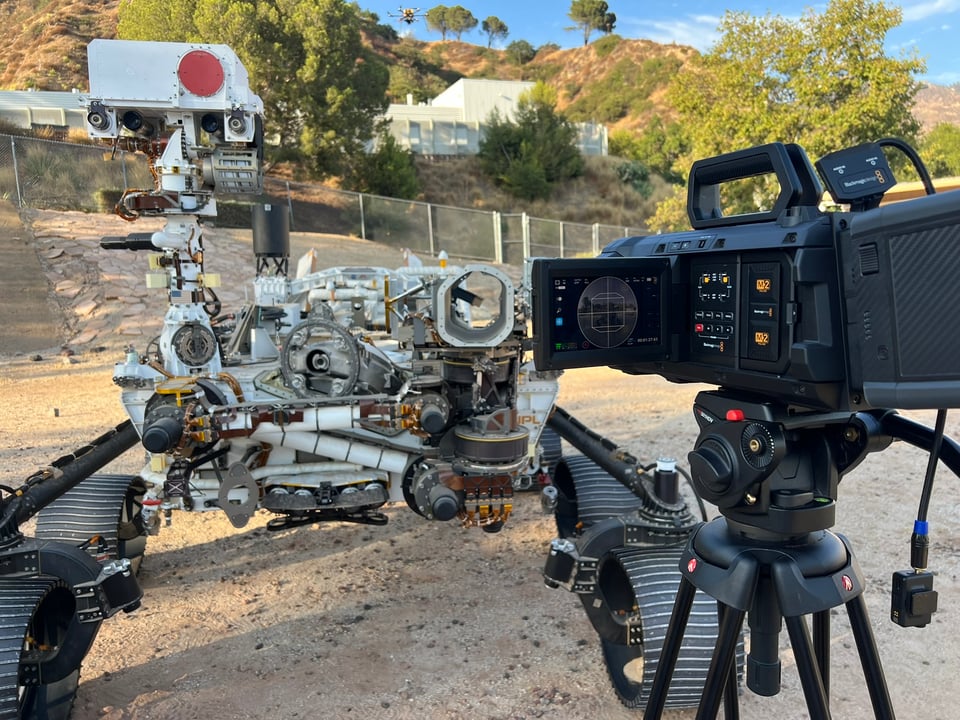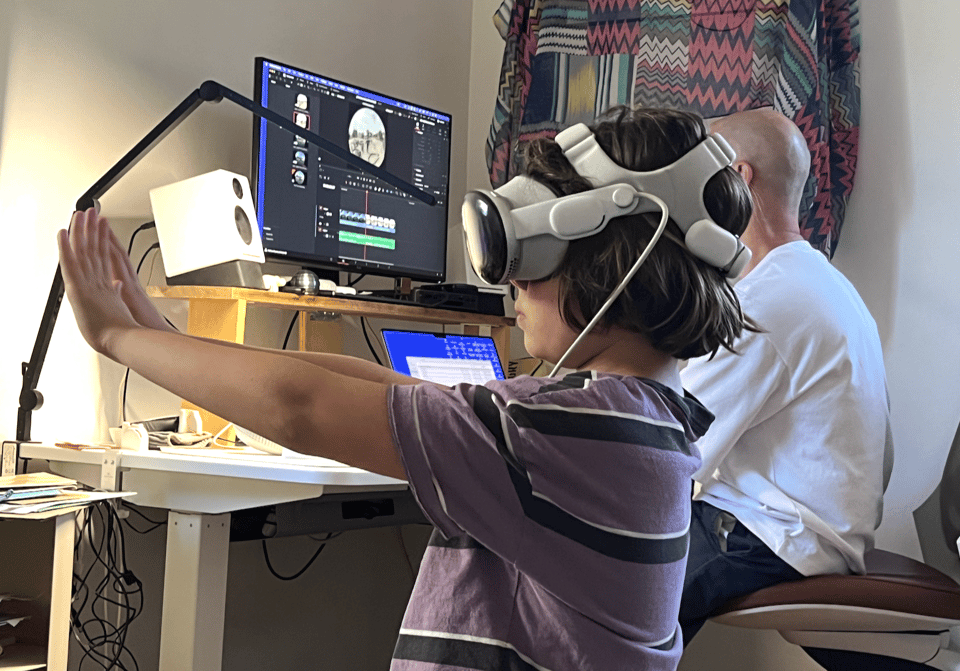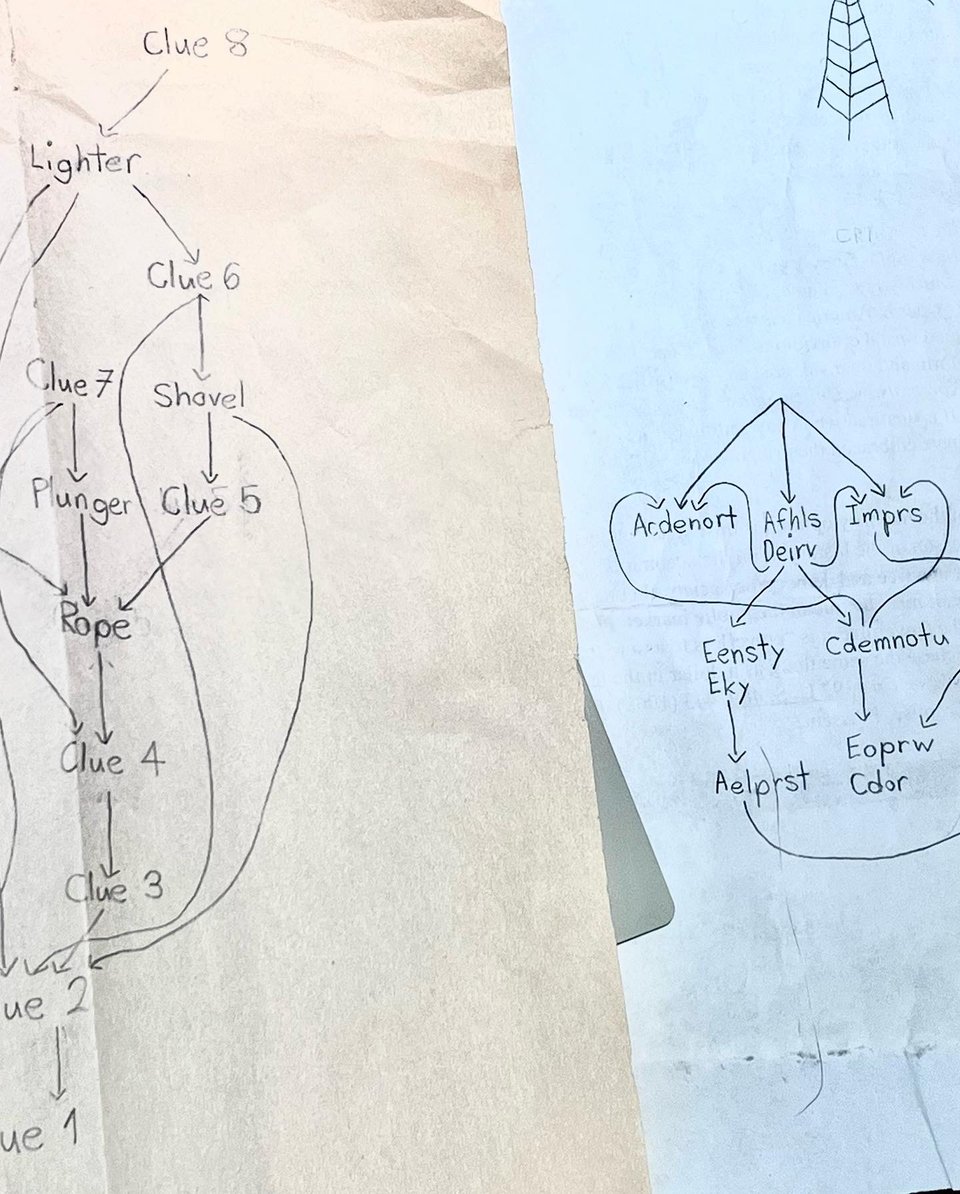good news that can still happen
Let me tell you the good that can still happen.
My 13 year-old son is very meticulous. Almost, to a flaw.
He’s been penalized at school – and at home – for taking too long to complete tasks. But if you take the time to observe his method, and not just watch the clock, you’ll find a portal to another world, filled with amazing details.1

So today upon seeing his handwriting, I remarked to him: “You know, you could be a surgeon one day.”
It’s a thought I would not have entertained for him three years ago because I don’t see him being especially keen on memorizing scientific facts.
But with the advent of LLMs (AI), among other tools, I think he could very well harness his character strengths into professional advantages.
In other words, when we’re all wearing invisible “robot exo skeletons” to complete our tasks, it’s those of us who love attention to detail, who are not easily rushed or distracted, who will have the acumen to succeed.
The idea that our characters matter more, not less, in our emerging world is not one we often talk about.
Largely that’s because the headlines – and our governments – are overrun by people with the absolutely worst characters. People who have managed to hijack a dying system.
Will that still be possible in the future? I’m not sure. And I don’t want to answer that today because I have another dispatch of good news that can still happen.

By luck, I managed to put the right camera in the right place at the right time last week, and the result is a look into a happier future.
Playing back this recording on the Vision Pro creates the experience of being there. Not like a memory. Like being there, again, anew. A simulation that is, in fact, real.
A simulation that is, in fact, real.
It is thrilling.
Your body reacts before your mind does.
As you probably know, the movie business is often said to have started with footage of an oncoming train.
I can’t help but wonder what business just started with Apple seeding Hollywood with these tools.

If ever there was a growth vector for “the future of children’s television” (focused, fully engaging), it’s probably the experiential technology shown above. (And not the nightmare of GenAI slop that reinforces priors.)
Right now, our 12 year-old is a little blasé about the Vision Pro. Most likely because the experiences being captured on these fancy cameras are for the fancy people who can afford the fancy monitors.
That will change. And when it does, we’ll have a portal back into our shared reality.
That shared reality, my friends, is very important right now. I think all of you reading this will have the context for why.
Be well, take care,
José
Our eldest’ attention to detail is such that he spends his free time ingesting facts on Wikipedia, drawing maps of imaginary places and flowcharts. ↩
